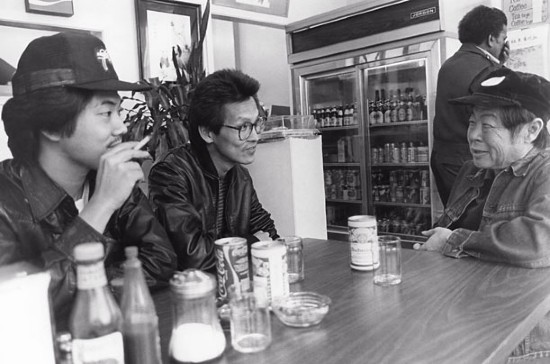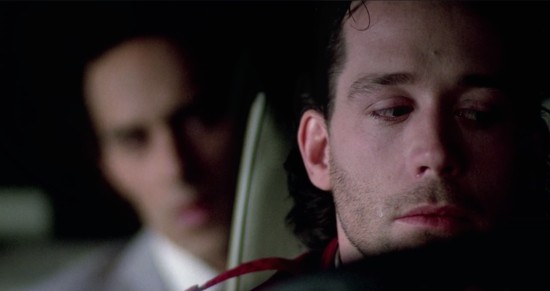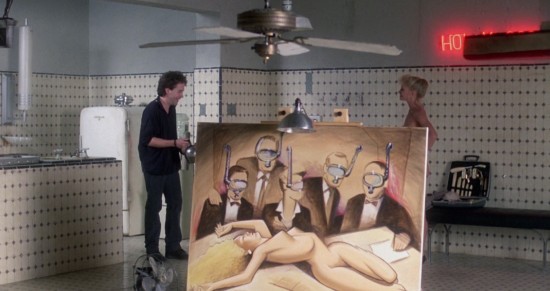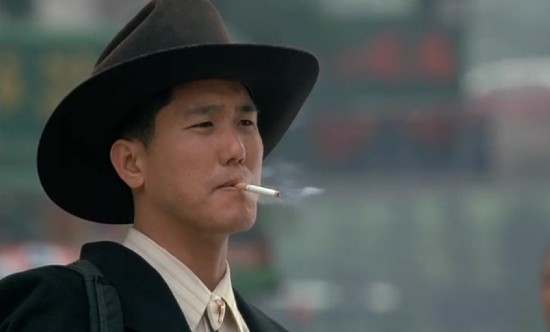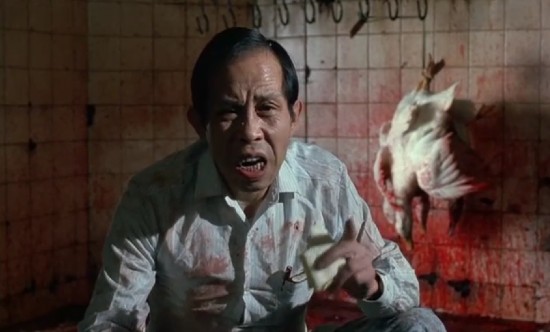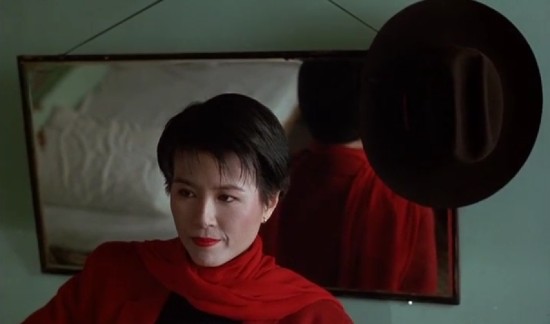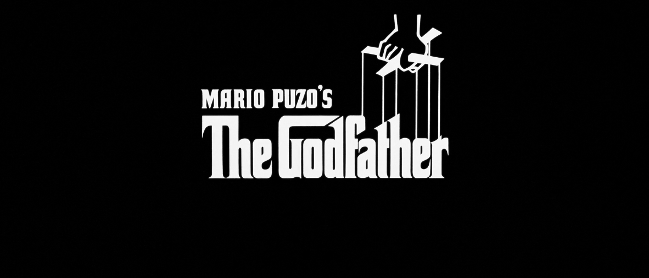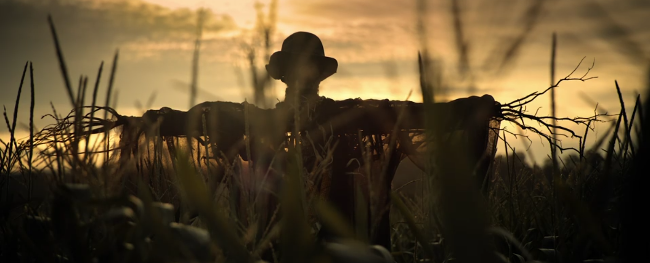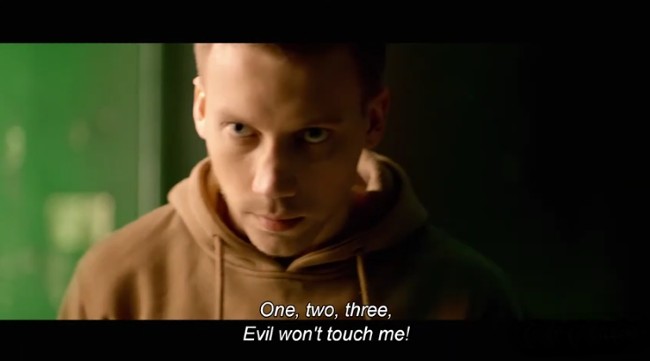Wayne Wang, A Retrospective Review
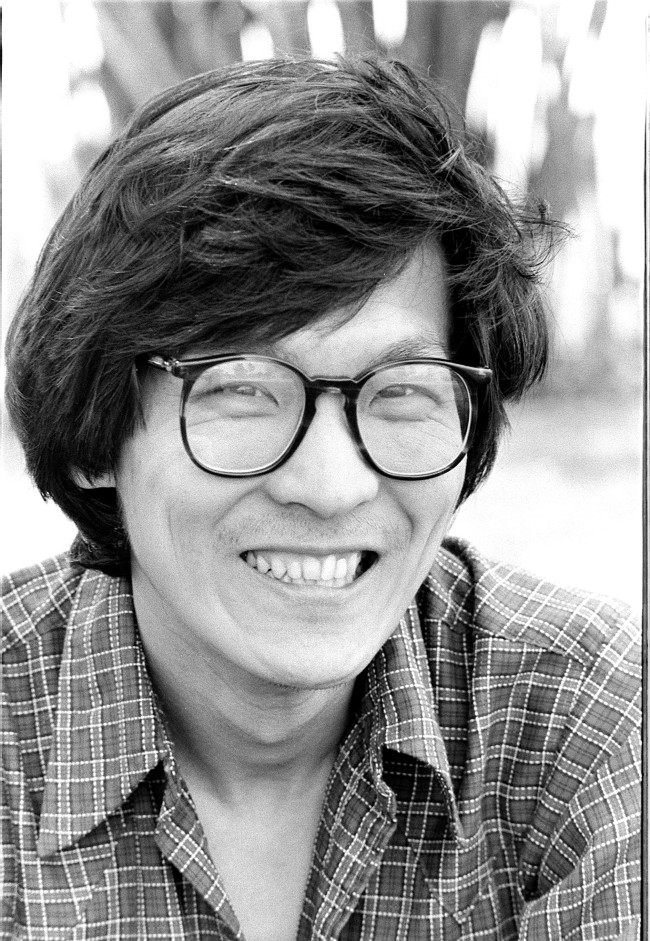
It can be argued that Wayne Wang sparked the independent cinema movement of the 80’s. Yes, independent cinema was around long before Wang came on the scene. The first decades in the history of film consisted mainly of independent filmmakers making short films. Independent features were being made and released even as the big studios were making the movies that would become known around the world.
Wang’s Chan is Missing was released in a much different day and age than the pioneers of yore. It came out at a time when Hollywood was changing. The New Hollywood esthetic that spawned classics like Bonnie and Clyde, American Graffiti, and The Godfather was dying. Blockbusters were taking center stage and about to rule the cineplexes for decades to come. To put things in perspective, Chan was released in the years between The Empire Strikes Back and Return of the Jedi. E.T. The Extra-Terrestrial, Indiana Jones and the Raiders of the Lost Ark, Rocky III, and Star Trek II: The Wrath of Khan were all released in the same year as Chan is Missing.
The Hollywood deck was stacked against Wang’s little movie about two cab drivers trying to find a man named Chan. On a shoestring budget,somewhere between $22,000 and $27,000, Wang and a dedicated crew created a groundbreaking, independent film. Did it spark a new wave of independent movie making? It was released four years before Jim Jarmusch’s Down By Law, seven years before Sex, Lies, and Videotape put Steven Soderbergh on the map, and ten years before Reservoir Dogs, Clerks, and Slacker.
At the very least, Chan is Missing started the career of one of the best directors still working today. Wang has gone from independent movies to Hollywood mainstream movies back to independent movies. Wang has said “I’d like to keep myself honest by bouncing between the mainstream and the personal, independent thing with rough edges.*” It’s safe to say in his forty plus year career Wang has done just that.
SLAM DANCE
Slam Dance, Wang’s third film, is a far cry from Chinatown and the black and white filmstock of Chan is Missing. But Wang stays in the world of mystery, crossing into noir territory. From Double Indemnity to The Big Sleep to more recent classics like Chinatown and L.A. Confidential, Los Angeles has been the setting of many classic noir movies. Released in 1987, Slam Dance is set when fluorescent lights, thin ties, and Members Only jackets ruled the scene.
Slam Dance is a familiar movie. In the grand tradition of noir movies, cartoonist C.C. Drood (Tom Hulce) is framed for a murder he didn’t commit by crooked cops and politicians. When Yolanda Caldwell (Virginia Madsen), an escort who had an affair with a married Drood, is found murdered in her apartment Drood becomes the prime suspect. Unlike police procedurals, he’s never asked to provide an alibi. Detective Smiley, the late great Harry Dean Stanton doing his best subdued cop, assumes he’s innocent. We never see him doing any investigation work. We can only assume when he’s told to back off the case that he may be getting close to the truth.
Drood, a stand in for the private detectives of the classic noir movies, does all of the heavy lifting in the movie. Tom Hulce, known for his Oscar nominated role in Amadeus, turns in a quirky performance as Drood. At times the quirkiness and his laugh is very reminiscent of Amadeus, but it works within the context of the movie. Drood is not a tough guy. He’s beaten up more than once during the movie. Even when he assumes the identity of the man who’s beaten him, Drood still can’t be a tough guy.
It’s only through Drood’s investigation that we learn Yolanda had photos of herself with politicians in compromising positions. From this point in the movie everything is predictable. With the help of his ex-wife Helen (Mary Elizabeth Mastrantonio) Drood uncovers the larger conspiracy. No one responsible is actually brought to justice nor does Drood prove his innocence.
Even after murders, a suicide, and a betrayal Slam Dance has a decidedly upbeat ending. Drood is intact. The police think he’s dead. His wife Helen and Drood get back together and with their daughter they drive off in freedom to parts unknown. It’s a much sunnier ending than the typical noir.
Film critic Vincent Canby, who championed Chan is Missing, said Wang “goes straight if quite gracefully to the bottom with his first mainstream movie.” Slam Dance will never be considered a noir classic, but “bottom” may be a bit harsh. Canby would be correct if it was just about a man trying to prove his innocence. However, Slam Dance as a whole is greater than its parts. Cinematographer Amir Mokri (Man of Steel) gives the movie its gritty, noir tone. It’s what draws us into the movie and keeps us there. The soundtrack filled with the sounds of the 80’s propels the movie forward just as much as the action on the screen. Slam Dance isn’t a total loss, but it’s not going to appeal to everyone.
Slam Dance wouldn’t be Wang’s last foray into the crime genre, but it would take a different tone and look in Life is Cheap…But Toilet Paper is Expensive.
LIFE IS CHEAP BUT TOILET PAPER IS EXPENSIVE
Life is Cheap…But Toilet Paper is Expensive is a far cry from the family centric Eat A Bowl of Tea in every way imaginable. It originally received an X-rating by the MPAA. There isn’t anything in Life that would warrant an X-rating. Today movies released by Gaspar Noe or Lars von Trier show more graphic images and cover touchier subjects than Wang does in Life.
Like Wake in Fright’s infamous kangaroo killing scene, ducks in Life were actually killed. Unlike Wake in Fright that left audiences wondering for years if kangaroos were actually killed (Kangaroos were killed, but not for the movie), the end credits of Life tell us ducks in fact were killed. Unlike Wake, the end credits let us know the scenes of the ducks being killed was taken from a documentary. Even though we know this after the fact it’s nonetheless disturbing to watch. Blood facials and a severed hand are one thing, but watching real ducks being drained of blood may have triggered the elderly MPAA into awarding an X-rating.
Set in Hong Kong before the turnover, Life follows a nameless courier who for the price of travel is handcuffed to a briefcase charged with delivering it to the Big Boss. The easy explanation is that he only wants to give the briefcase to the Big Boss and be on his way to see the wild, wild east. Except there is nothing easy about Life.
Life is not a straightforward story. At first glance it seems like it is. The nameless courier is constantly trying to find the Big Boss, however, he’s given every reason why he can’t meet him. It becomes a mystery as to why he can’t meet the boss and the longer he’s kept from meeting the boss the more he’s tempted to find out what’s inside the briefcase. Insert a mysterious woman, a forbidden relationship, and you have the ingredients for a mystery.
None of the characters in the movie have proper names. There’s the Duck Killer, the Pianist, Ex-Red Guard, and the Taxi Driver. The protagonist of Life is the Man with No Name, a nod to Sergio Leone’s Man with No Name trilogy. This isn’t by accident. Leone’s westerns transformed what people thought about the American west. Clint Eastwood’s portrayal redefined the cowboy in the 60’s. The protagonist describes himself as half-Chinese and half-Japanese who wears clothes associated with cowboys. Wang has flipped the idea of the American cowboy on its head by playing with the idea of identity. It’s not hard to imagine that in the United States he wasn’t accepted as a cowboy just as much as in Hong Kong he’s not accepted as either Chinese or Japanese.
Then there are the characters who surround the courier and who help drive the plot to its eventual end. Again, these characters don’t have proper names but it’s more about what they say, do, and how they’re introduced to the courier. Each of these characters explains something about themselves and something about what the courier is looking for. The straight on first person POV shot makes it look like they’re talking to the courier, but they could easily be talking to the viewer. It’s an interesting device that keeps us invested in the movie.
One of these characters known as The Dancer tells him there are four things to do to live a long life. First, respect your elders. Second, never trust anyone. Third, keep your eyes, nose and ear out of trouble. Last, you must be humble. It’s a guarantee that at least one of these rules is going to be broken. In time, the courier puts his eyes and ears in the Big Boss’s business.
Life is Cheap…But Toilet Paper is Expensive, like Eat a Bowl of Tea, is a nonsensical title, but in Wang’s Hong Kong life is cheap. Prostitutes are beaten up and their only complaint is not being paid. Lives are ruined because people choose to love who they want to and not who their fathers want them to love. And punishment comes in the form of eating a plate of feces. Life‘s quick edits, a first person foot chase that lasts several minutes, and why the courier needs to find toilet paper make it one interesting movie to get lost in. If it’s not one of Wang’s funniest films it’s definitely one of his strangest films.
End Part One. To Be Continued in Part Two as we look at Smoke, Blue in the Face, Chinese Box, and The Center of the World.
*A Delicate Balance: An Interview With Wayne Wang About “The Joy Luck Club.” Literature/FIlm Quarterly Vol. 22, No. 1 Pg. 6

